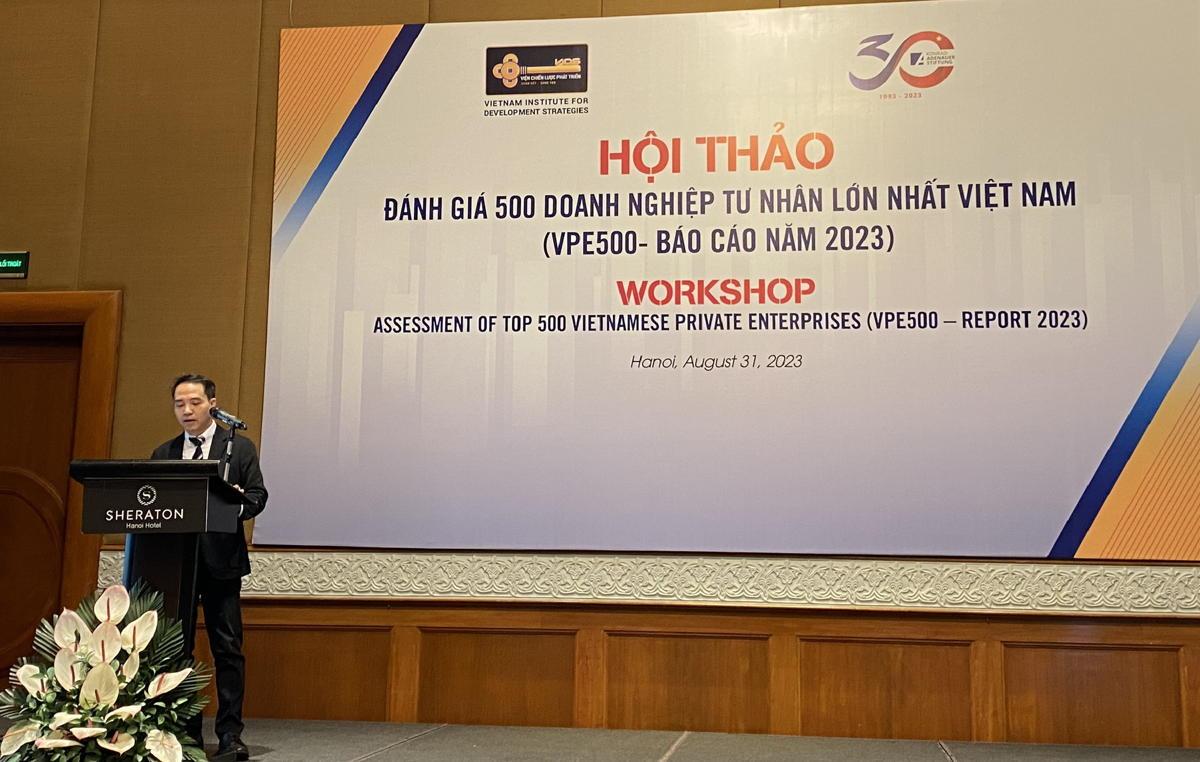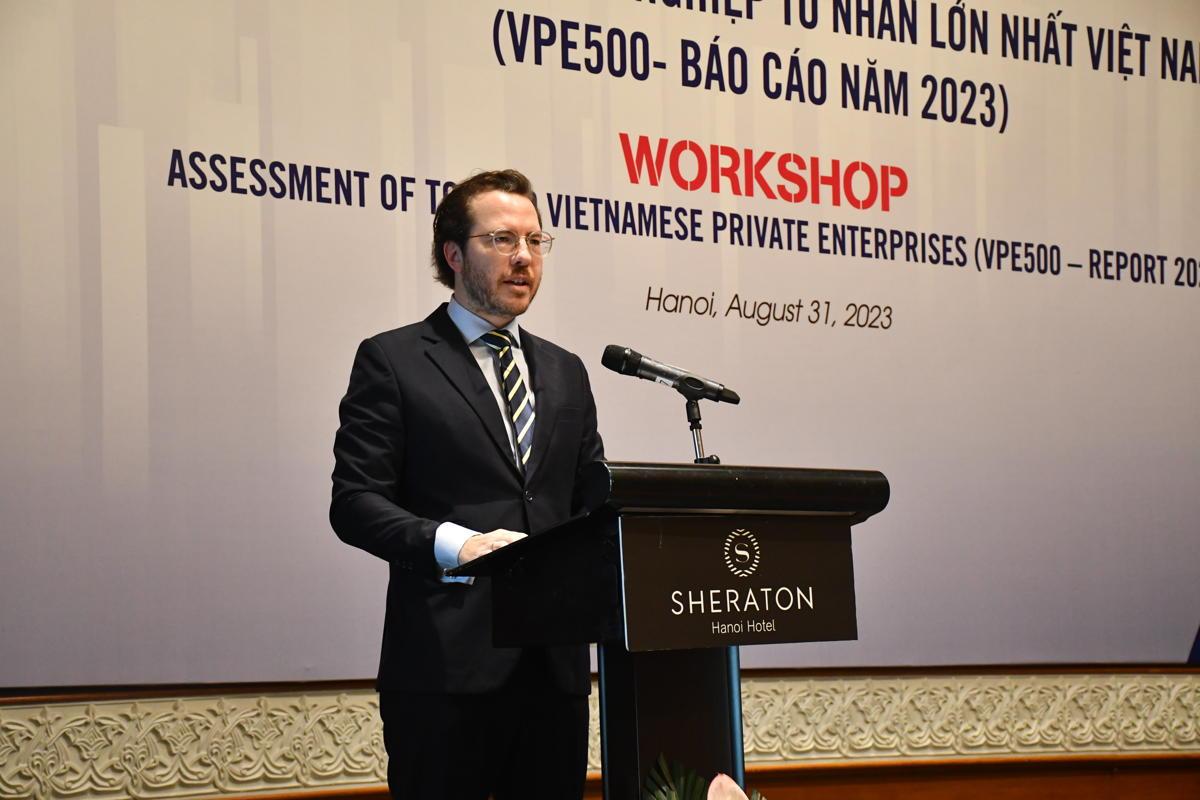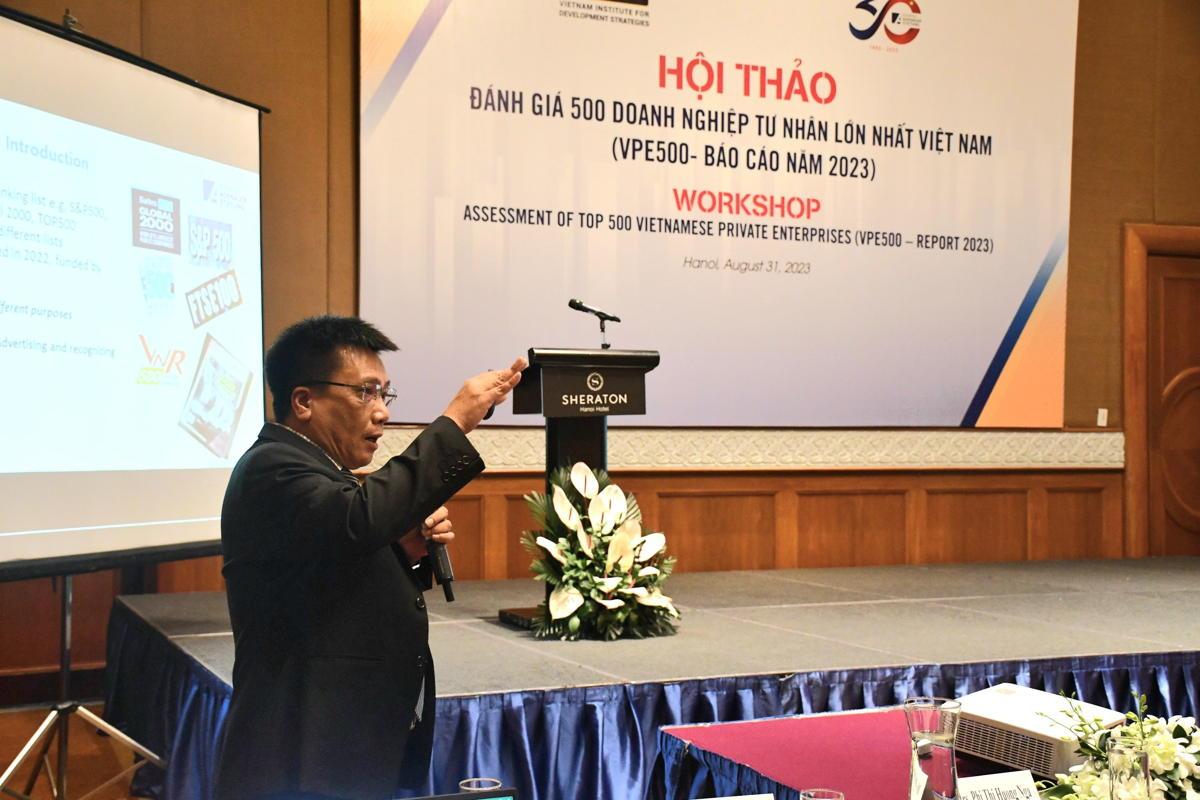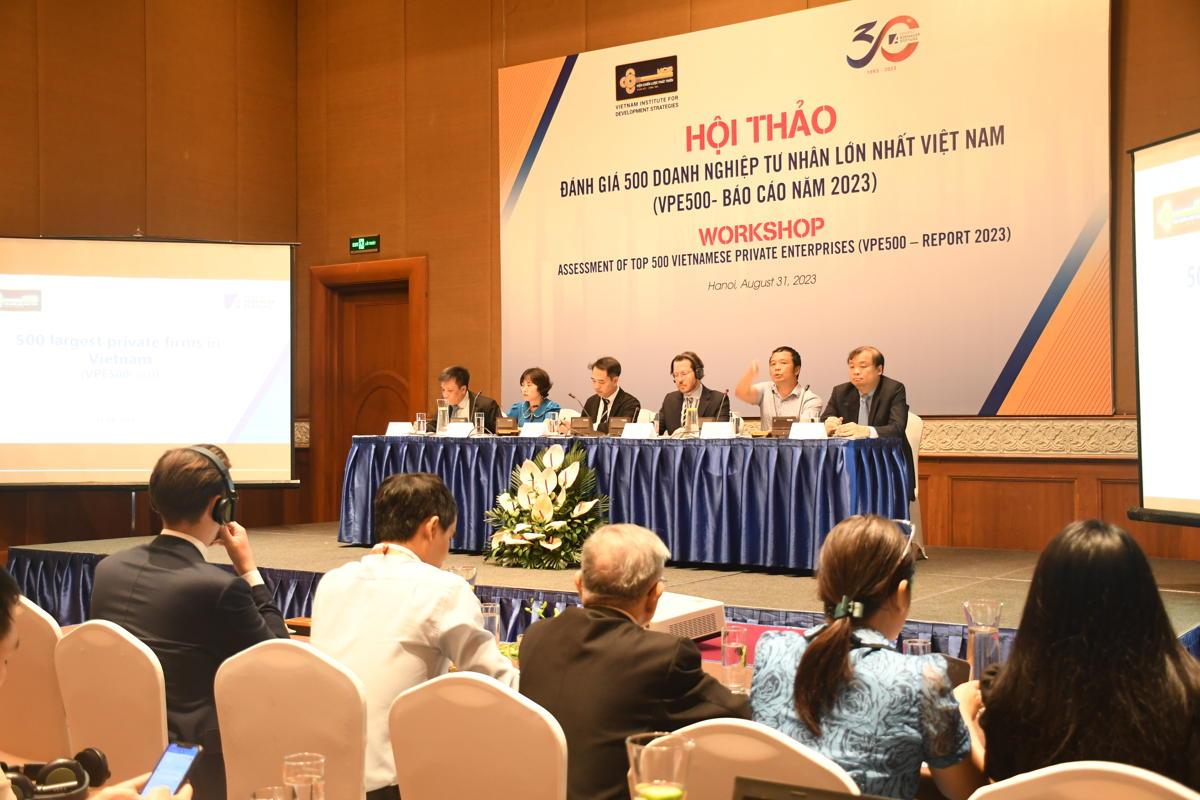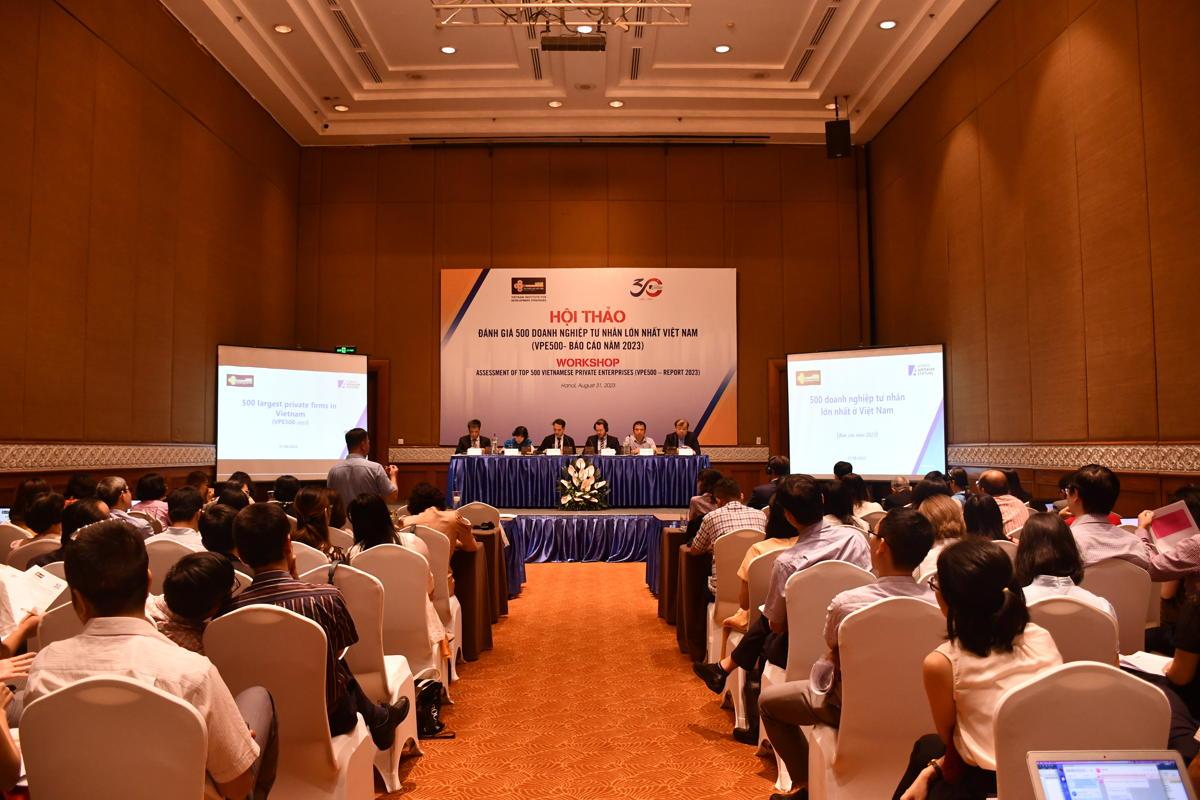The report includes:
- A list of top500VPE (based on 3 criteria: revenue, labour size and total asset)
- Analyses on (1) changes of VPE500 during the Covid; (2) influences of VPE500 on other private business groups; (3) impact of VPE500 on the rest of the economy
Comparing the two years of Covid-19 and the year before, the report shows a large fluctuation in the number of businesses entering and leaving the VPE500 list. Up to 97/500 businesses (19.4%) in the VPE500 of 2019 were no longer on the VPE500 list of 2020. By 2021, 61 other businesses were removed from the list. They are the enterprises heavily affected by Covid-19 such as real estate and construction (23/89), commerce (15/73), textiles (7/32), food processing (9/70). The remaining businesses in VPE500 are those that are assessed to be beneficiaries in Covid-19 such as information and communication, postal, electricity production and distribution. Notably, most of the businesses in the banking and insurance sectors still maintain their positions in the list with high position and little change in the ranking.
Dr. Le Dang Doanh, former Director of the Central Institute for Economic Management, said that every nation which wants to develop must rely on businesses. Accordingly, the ratio of businesses per 1,000 people must be high. The recommended rate is 24 enterprises/1,000 people while the rate of Vietnam is 2.2/1,000. Dr. Doanh also suggested that it is necessary to study bankrupt enterprises to draw lessons for other enterprises.
According to Dr. Tran Toan Thang, research leader, more specific policies are needed to build a large, stable and growing force of private enterprises that can withstand major shocks from the outside and increase the efficiency of the entire economy.
Other experts at the workshop suggested that the research group conduct study on the capacity of export and international integration of VPE500 and prescribe policy recommendation to boost their international intergation.
For full report download here



